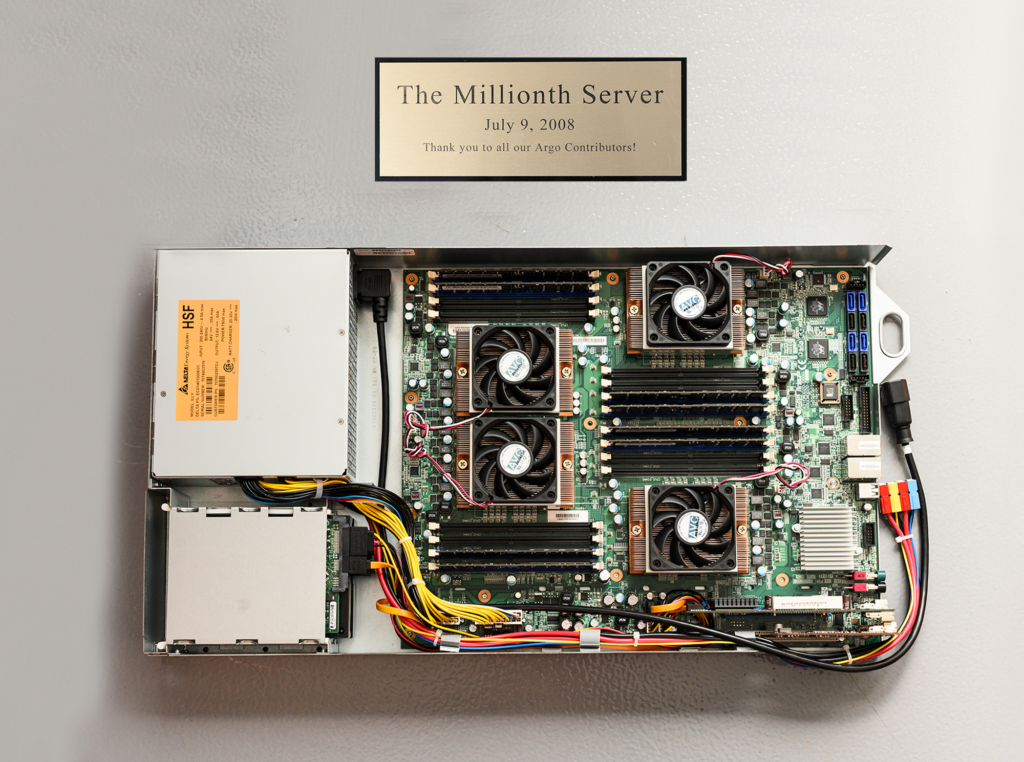AMD EPYC processors come to Google‚ÄĒand to Google Cloud
Today we are plea­sed to announ­ce that we are using AMD EPYC pro­ces­sors for our inter­nal workloads and that they will soon be available to Goog­le Cloud customers.
AMD and Goog¬≠le have a long histo¬≠ry of col¬≠la¬≠bo¬≠ra¬≠ti¬≠on. Our ‚ÄúMil¬≠lionth Ser¬≠ver,‚ÄĚ built in 2008, was based on an AMD chip, and we are proud to be the first to use the latest AMD plat¬≠form in data cen¬≠ters that power our products.
For Goog­le Cloud cus­to­mers, we belie­ve in more choice and less com­ple­xi­ty. To bring the bene­fits of our AMD col­la­bo­ra­ti­on to our cus­to­mers, we will soon offer new vir­tu­al machi­nes powered by 2nd Gen AMD EPYC pro­ces­sors. The­se will be the lar­gest gene­ral-pur­po­se VMs we’ve ever offered.
More CPU opti­ons gives you grea­ter fle­xi­bi­li­ty to choo­se the best VM for your workload. Whe­ther you’re run­ning gene­ral-pur­po­se workloads that requi­re a balan­ce of com­pu­te and memo­ry, or big com­pu­te workloads dri­ven by memo­ry band­width, the new AMD VMs come in a wide ran­ge of sizes to meet your needs. Available with 2.25 Ghz base fre­quen­cy, 2.7Ghz all-core-tur­bo fre­quen­cy, and 3.3Ghz sin­gle-core tur­bo fre­quen­cy, EPYC pro­ces­sors start at 2 vCPUs and sca­le up to over 200 vCPUs. They will sup­port RAM-to-vCPU rati­os from 1 to 8. You will also be able to con­fi­gu­re them as cus­tom machi­ne typestail­o­red to your spe­ci­fic workload.
We belie­ve that many gene­ral-pur­po­se workloads, inclu­ding back-office appli­ca­ti­ons and web ser­vers, will see pri­ce-per­for­mance impro­ve­ments on the new AMD VMs com­pared to their cur­rent con­fi­gu­ra­ti­ons. Big com­pu­te workloads dri­ven by memo­ry band­width such as finan­cial simu­la­ti­ons, reser­voir ana­ly­ses, and wea­ther mode­ling, can take advan­ta­ge of full-socket VM sizes that pro­vi­de up to 60% bet­ter plat­form memo­ry band­width than exis­ting ins­tances. The new AMD VMs will be available later this year.

